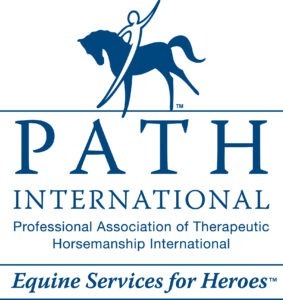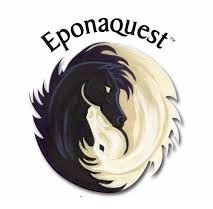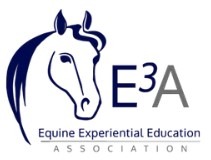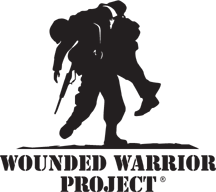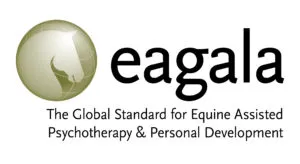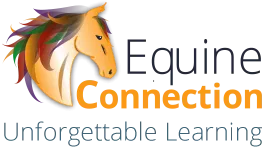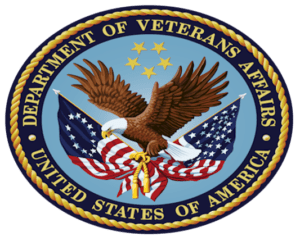Equine Assisted Therapy Explained
Equine Therapy & Human Services Organizations
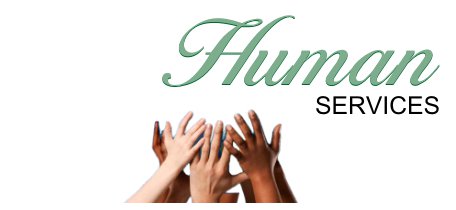
Insuring Equine Therapy & Human Service Organizations Since 1971
As the Equine Assisted Therapy Insurance industry leader we have significantly expanded the scope of coverage in our human services program.
Equine Assisted Services
Definitions & Organizations
Equine Assisted Therapy Definitions
- Equine-Assisted Activities (EAA)
Equine-assisted activities are any specific center activity, e.g.. therapeutic riding, mounted or ground activities, grooming and stable management, shows, parades, demonstrations, etc., in which the center’s clients, participants, volunteers, instructors and equines are involved.Equine-Assisted Learning (EAL)
Equine-assisted learning (EAL) is an experiential learning approach that promotes the development of life skills for educational, professional and personal goals through equine-assisted activities. In an EAL setting, the experiential approach integrates equine-human interaction that is guided by a planned learning experience to meet the identified goals or desires of the participant(s). Working with equines provides opportunities to teach critical life skills such as trust, respect, honesty and communication. EAL can benefit people of any age, including children, veterans, and people with learning disabilities. EAL can also be used for team-building and professional development.
Equine-Assisted Therapy (EAT)
Equine Assisted Therapy encompasses a range of treatments that involve activities with horses and other equines to promote human physical and mental health. Rehabilitative goals are related to the patient’s needs and the medical professional’s standards of practice. Modern use of horses for mental health treatment dates to the 1990s.
Equine-Facilitated Learning (EFL)
Equine Facilitated Learning (EFL) is an educational approach to equine-assisted activities. EFL content is developed and organized by credentialed practitioners with the primary intent to facilitate personal growth and development of life skills through equine interactions.
- Hippotherapy
The American Hippotherapy Association, Inc., defines hippotherapy as a physical, occupational or speech therapy treatment strategy that utilizes equine movement. The word hippotherapy derives from the Greek word hippos, meaning horse. The term hippotherapy refers to the use of the movement of the horse as a treatment strategy by physical therapists, occupational therapists and speech/language pathologists to address impairments, functional limitations and disabilities in patients with neuromotor and sensory dysfunction. This treatment strategy is used as part of an integrated treatment program to achieve functional goals.Interactive Vaulting
Interactive Vaulting is an activity in which the students perform movements on and around the horse. These movements can be very simple such as sitting without holding onto the surcingle or a more elaborate compulsory move such as kneeling or standing on the horse. It all depends on the individual needs of the vaulter.Therapeutic Driving
Carriage Driving offers students with physical, mental, sensory or emotional disabilities the rewards of interaction and control of a horse or pony while driving from a carriage seat or in their own wheelchair in a carriage modified to accommodate their wheelchair. Learn more.Therapeutic Riding
Therapeutic riding is an equine-assisted activity for the purpose of contributing positively to the cognitive, physical, emotional and social well-being of individuals with special needs. Learn moreEquine-Facilitated Psychotherapy (EFP)
EFP is defined as an interactive process in which a licensed mental health professional working with or as an appropriately credentialed equine professional, partners with suitable equine(s) to address psychotherapy goals set forth by the mental health professional and the client.
The Role of the Equine as Partner in EAAT
New scientific research continues to reveal critical information about equine sentience- their abilities of perception, cognition, memory, and emotions such as pain and fear. Equines are able to perceive, respond to and learn from the impressions they receive from minimal sensory stimuli. The stimulus may originate from changes in human biochemistry, body language, or vocal intonations. It can also come from changes in the equine’s environment, relationships with other equines, or the equine’s general health In this way, equines make decisions based upon the stimuli they experience from others or from their environment (Hangg, 2005; Nicol, 2002; Proops, McComb, & Reby, 2009; Saslow, 2002). These abilities are based in natural, biological, physiological, and psychological traits of equines.
Each equine is unique in personality, and has individual likes, dislikes and habits. The information gained from equine communication can be highly useful in all EAAT settings. Listening to equine communication can have an effect on the care of the equines, their rate of burnout, and the success of the human-equine interaction. In EAAT sessions or lessons, viewing the equine as a partner invites opportunities for relationship building and skill building with all participants served.
Approved organizations for policy premium credits.
-
- American Hippotherapy Association
- Equine Assisted Growth and Learning Association
- Equine Connection – Academy of Equine Assisted Learning
- Equine Experiential Education Assn
- Natural Lifemanship
- OK Corral Series – Equine Assisted Psychotherapy
- Path International
- Professional Association of Therapeutic Horsemanship International
- SkyHorse Equine Guided Education
- Therapeutic Adventure Professional Group
- Human Equine Alliance For Learning

